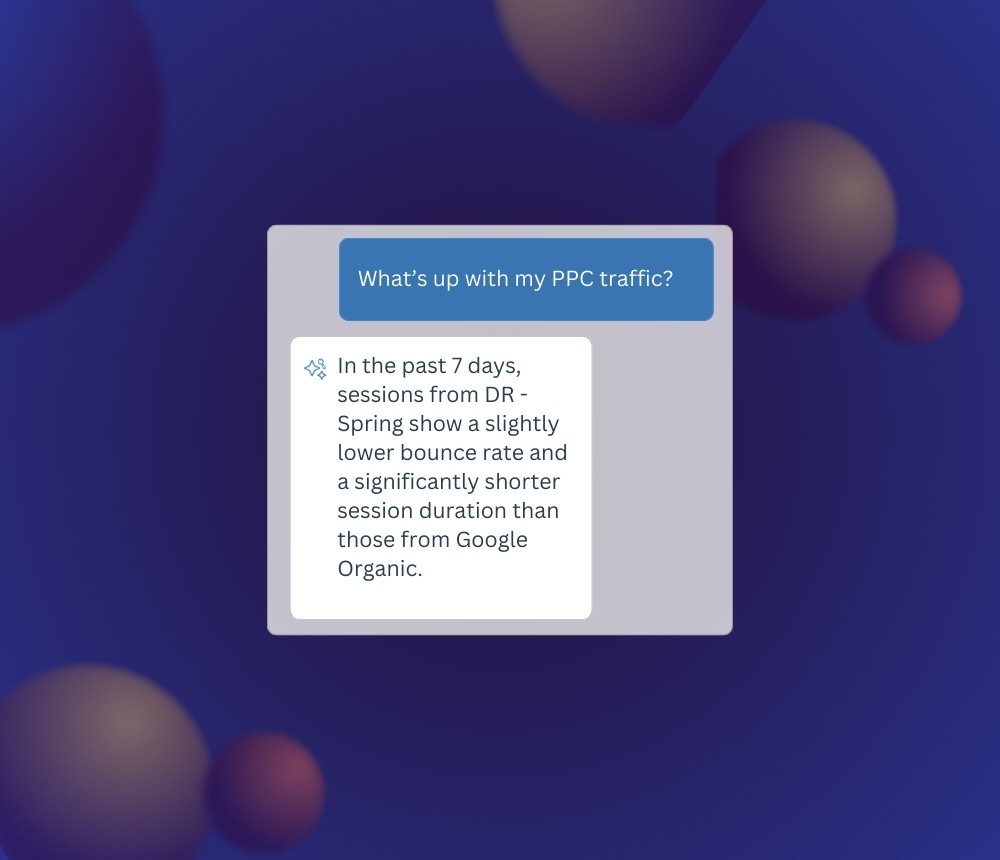How to spot click fraud and what to do about it

Click fraud is a huge problem. Annually, it costs businesses an estimated $60 billion, and it’s growing by 50% each year.
Invalid clicks.
Click fraud.
Click bots.
It sounds scary, doesn’t it? If you’re new to the Google Pay-Per-Click (PPC) advertising model, it probably sounds especially terrifying.
No matter how you put it, click fraud is more than just a thorn in your side; it wastes as much as 20% of global PPC budgets each year.
The news isn’t all doom and gloom. You can learn how to spot and prove click fraud to get a Google Ads refund.
What is click fraud?
According to BigCommerce, click fraud is “when an individual, computer program or generated script exploits online advertisers by repeatedly clicking on a PPC advertisement to generate fraudulent charges.”
There are multiple levels of click fraud threats, but the most common examples of these clicks come from:
Competitors in an effort to drive up the cost to bid on keywords
Scripted bots and automated clicking tools
PPC Protect reports the financial industry has the highest percentage of search engine results page (SERP) click fraud at 22%, followed by family-focused industries (18%) and food industries (16%).
Simply put, click fraud ends up costing your business by driving up advertising costs, lowering conversion rates and skewing results.
How to find click fraud
Note: It’s important to have technologies like Lucky Orange’s session recordings in place now before you need to prove click fraud. We also suggest extending your data storage to 60- or 90-days for longer-term fraud detection.
For the most part, Google’s systems detect click fraud, so you don’t have to. When/if Google identifies an invalid click, it’s removed before even showing up in your Google Ads report.
That being said, some invalid clicks can and do slip through the cracks.
To spot those clicks, you can use a dedicated anti-click fraud system like ClickCease or PPC Protect. Or you can do it yourself (DIY).
If you’re going the DIY route, here’s how to find and prove click fraud in two steps:
Watch your ad copy performance for noticeable differences in your data and costs. Are there any spikes in search ad rank or costs that exceed expectations or anomalies in performance?
Monitor your landing page session recordings to spot repeat visitors from similar ISPs without conversions. Search by your PPC campaign's UTM parameters (i.e., “Google” or “CPC”). If you find recordings that you believe are invalid clicks, download that information by clicking on the Export Rows button at the top of the recordings page. All the session information, including UTM parameters, time spent on the site and location, will be downloaded.
Reporting click fraud to Google
Report the suspicious clicks through Google’s invalid click investigator.
That being said, as PPC Protect warns, the likelihood of receiving a refund from Google Ads is fairly low.
How to increase the chance of a refund
Even though the refund success rate may be low, you can certainly move the odds in your favor.
Your investigation report will ask for proof of the click fraud. Unfortunately, just submitting Google Analytics reports that shows suspected bot traffic likely won't be enough to prove your case.
However, using the information downloaded from session recordings in the exported spreadsheet and submitting it with your investigation report can help prove your case to the Google Ads team member assigned to your case.
How Doggo Digital got a click fraud refund using Lucky Orange tools
Lead generation company Doggo Digital is a perfect example of how to use session recordings to prove and win a click fraud refund. In this case, it was for a client.
Doggo Digital founder Jake Stowers turned to session recording data of the bot-driven PPC ads traffic to prove his client’s refund case. He submitted the spreadsheet of the exported rows for 61 instances of suspected click fraud with his investigation report.
After the case was researched and reviewed, Jake was able to share with his client these words from the investigator:
“Thanks for following up with that information! After taking a deeper look into account XXX-XXX-XXXX, I am able to confirm that the clicks have been filtered out. These clicks have been filtered out and have not been charged to your account.”
Conclusion
While there’s no 100% guarantee that a refund will be issued, the more data you can use to prove your case beyond just Google Analytics or Google Ads reports, the greater the chance you’ll see a refund.



